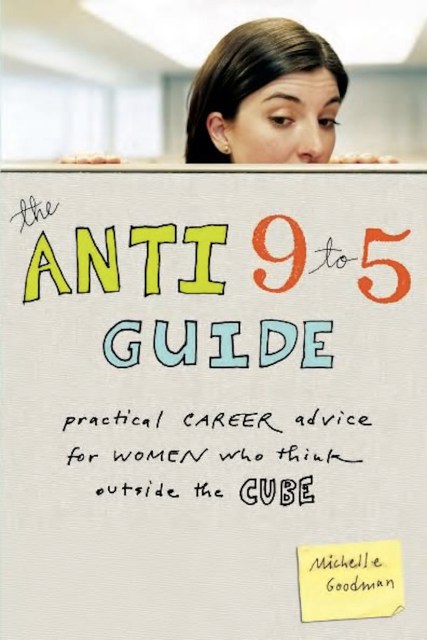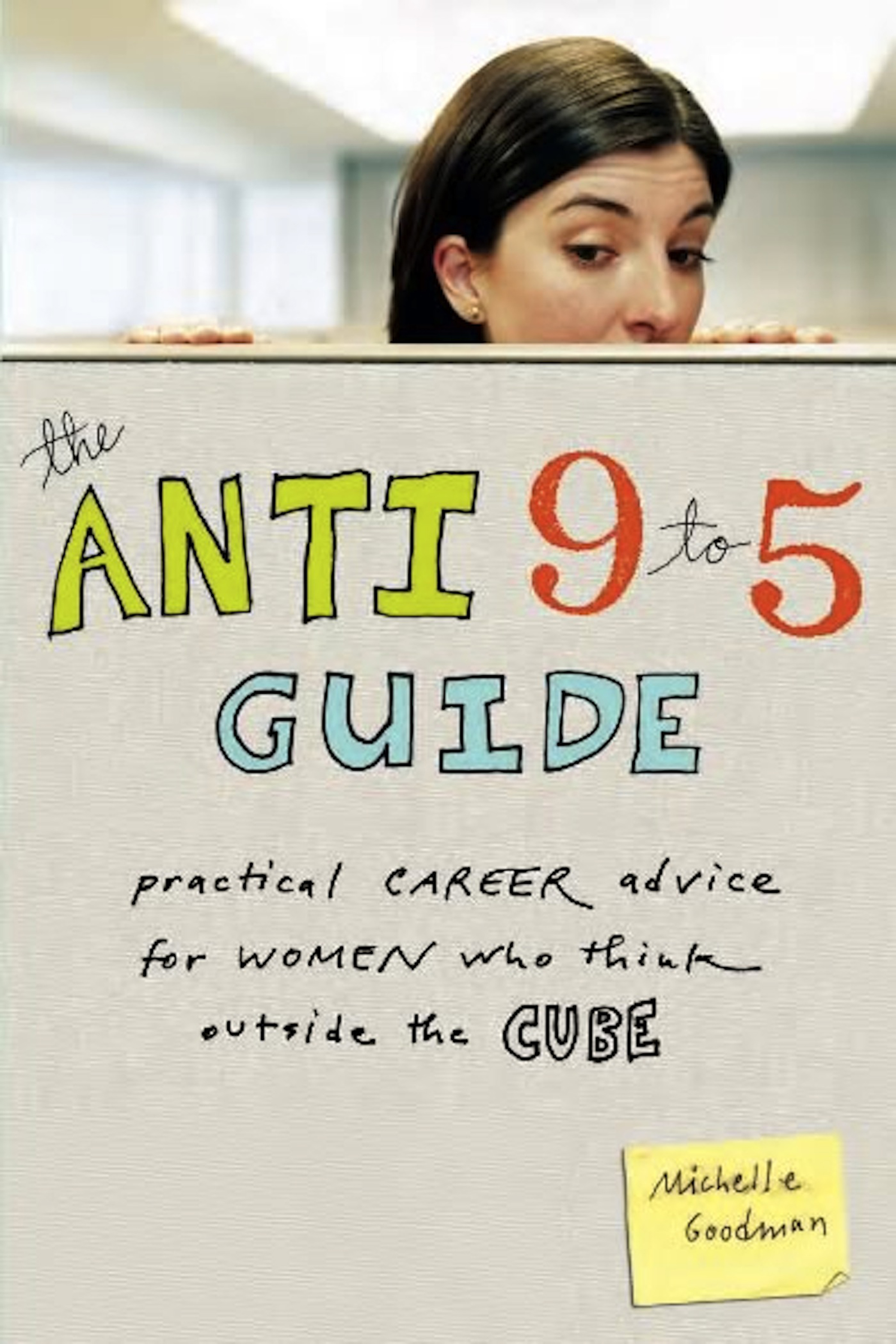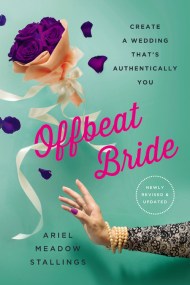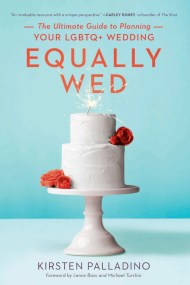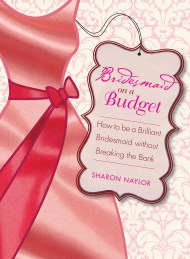Promotion
Use code BEST25 for 25% off storewide. Make sure to order by 11:59am, 12/12 for holiday delivery!
By clicking “Accept,” you agree to the use of cookies and similar technologies on your device as set forth in our Cookie Policy and our Privacy Policy. Please note that certain cookies are essential for this website to function properly and do not require user consent to be deployed.
The Anti 9 to 5 Guide
Practical Career Advice for Women Who Think Outside the Cube
Contributors
Formats and Prices
- On Sale
- Jan 8, 2010
- Page Count
- 320 pages
- Publisher
- Seal Press
- ISBN-13
- 9780786750535
Price
$16.99Price
$21.99 CADFormat
Format:
- ebook $16.99 $21.99 CAD
- Trade Paperback $19.99 $25.99 CAD
This item is a preorder. Your payment method will be charged immediately, and the product is expected to ship on or around January 8, 2010. This date is subject to change due to shipping delays beyond our control.
Buy from Other Retailers:
Today, lots of women would love to integrate their passion with their career and are seeking advice on how to do just that. Michelle Goodman, a self proclaimed, "wage-slave" has written a fun, reassuring, girlfriend-to-girlfriend guide on identifying your passion, transitioning out of that unfulfilling job, and doing it all in a smart, practical way.
The Anti 9-to-5 Guide realizes that not every woman wants the corner office, in fact, some women don't want to be in an office at all. Today's women are non-traditionalists, do it yourself sort of girls who want to travel the world, take up knitting, frolic in the land of freelancing but want to do it all without going broke. The Anti 9-to-5 Guide provides readers with the resources you need to have it all and still have a place to sleep.
Michelle suggests great tips for easing into the life you want. With an entire chapter devoted to pursuing your passion on the side, The Anti 9-to-5 Guide encourages us to tweak our current career path or head down a new one, and ultimately succeed.
Newsletter Signup
By clicking ‘Sign Up,’ I acknowledge that I have read and agree to Hachette Book Group’s Privacy Policy and Terms of Use
